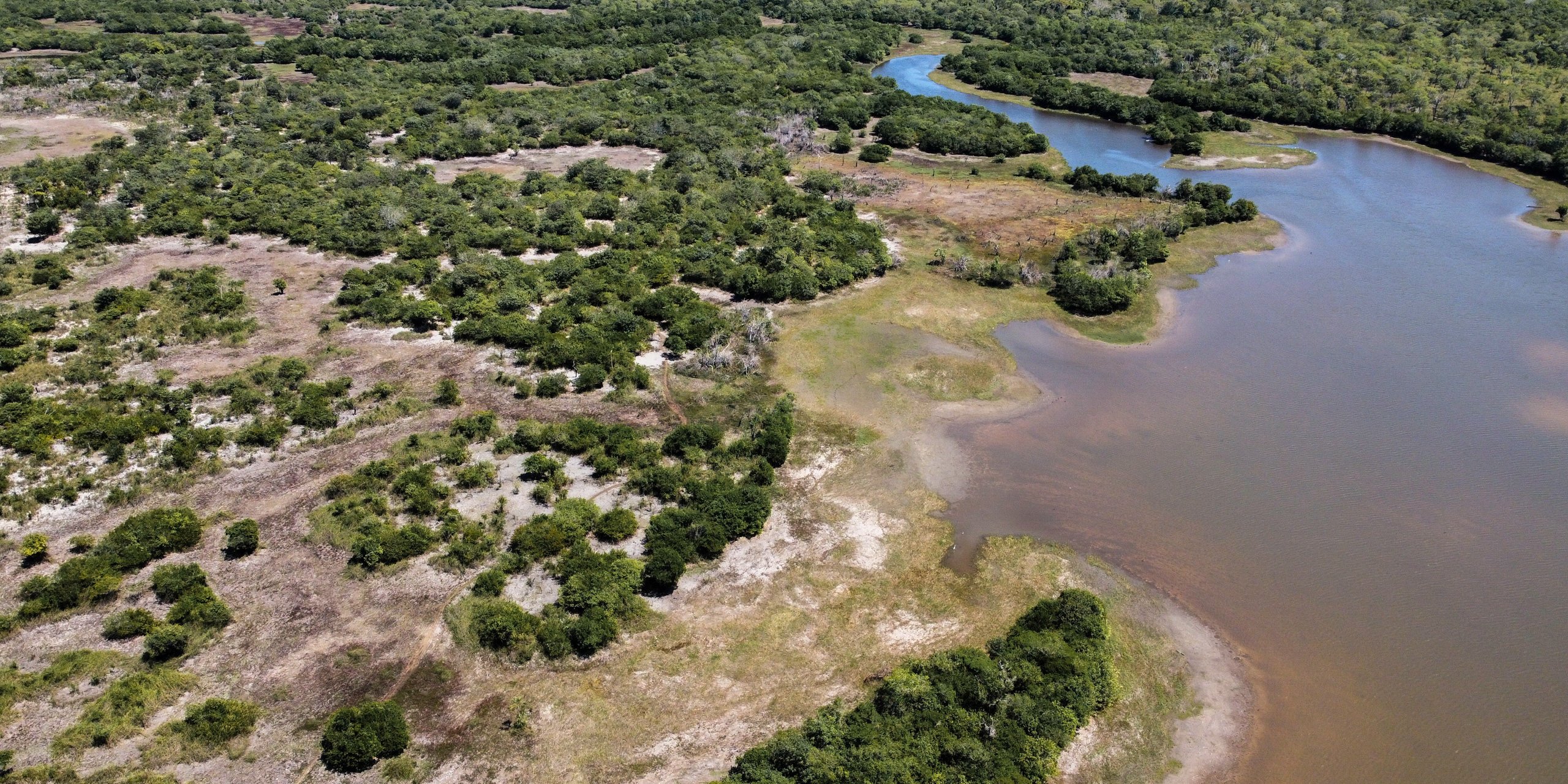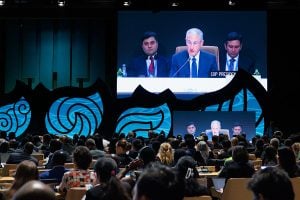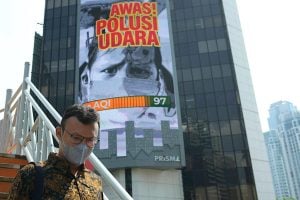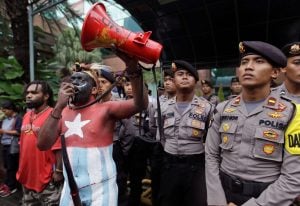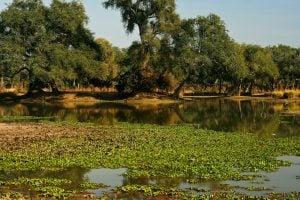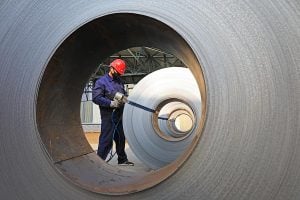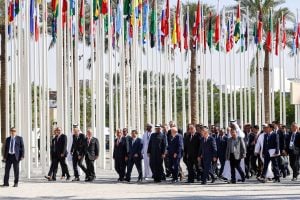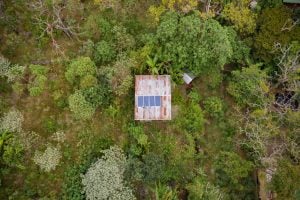The Waurá Indigenous people live on the banks of the Piyulaga, a lagoon that also lends its name – meaning “fishing place” in the native Arawak language – to their village.
The residents are duly skilful fishers. As their boat floats upon the lagoon, a group casts a net from one side, while a young man claps his rod into the water on the other, towards a gathering of fish. Frightened, they swim straight into the trap. The Indigenous fishers then pull them out of the net, kill them with their teeth and throw them into the boat. The technique is repeated at strategic points in the lagoon until a few bags are filled.
The men bring in their catch a few times a week, securing the fish that, together with manioc, form the basis of their families’ diet. But in the first week of October, when they arrived at the lagoon, they found several fish dead in the water. In the days that followed they found more dead fish with each new trip.
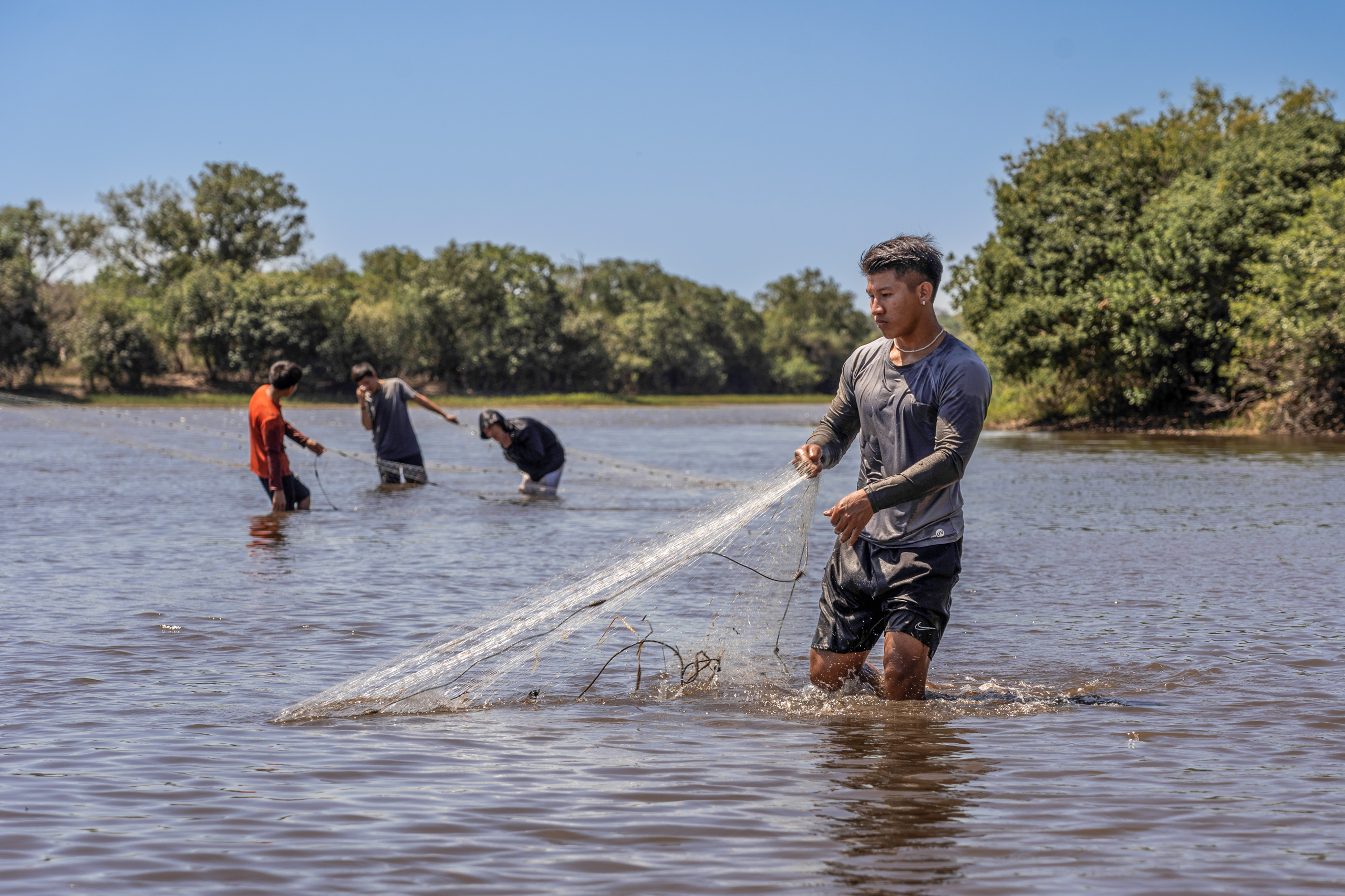
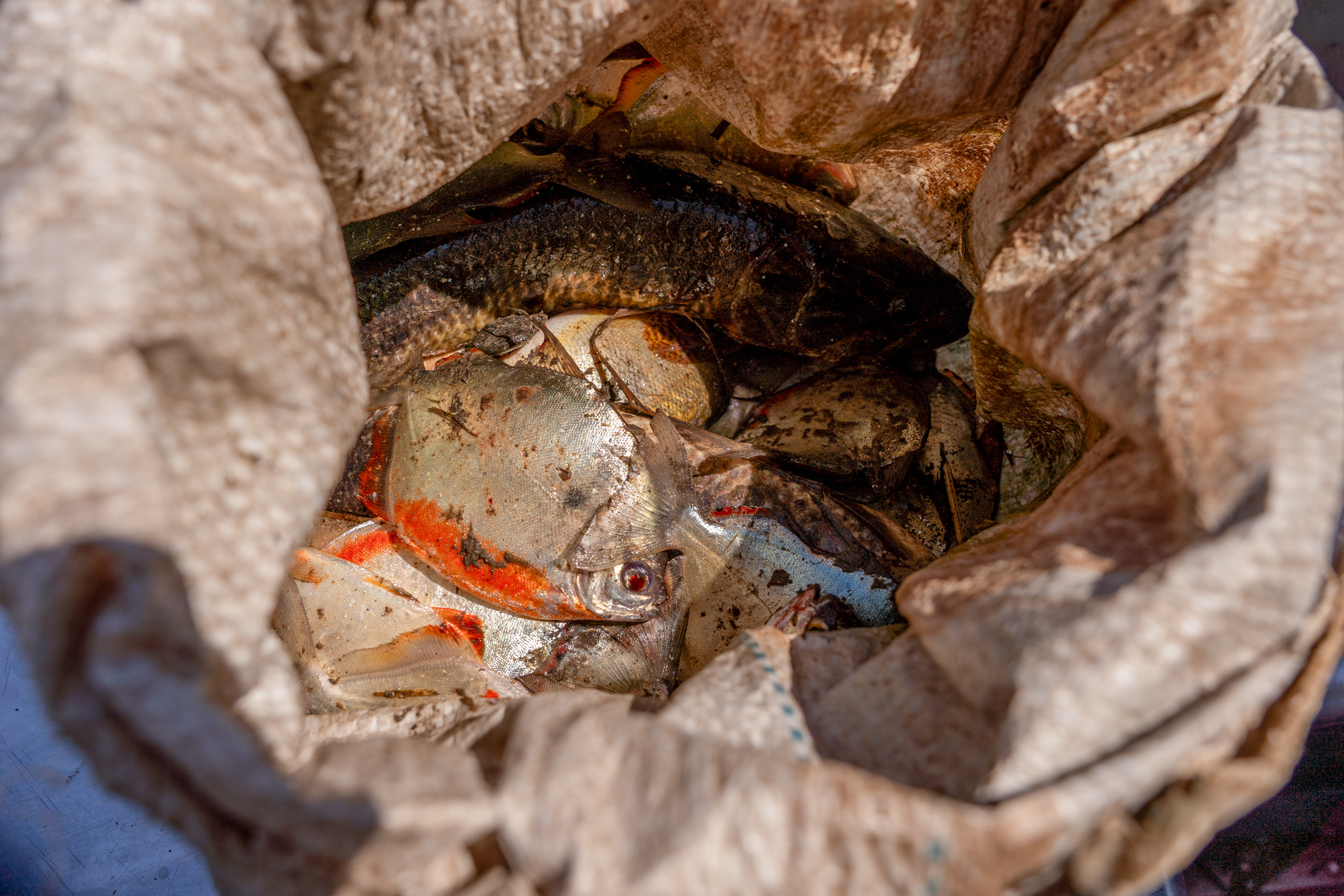
They believe that the causes are related to the rapid decrease in the level of the lagoon and the abnormal warming of its waters – aggravated by a historic drought in the Xingu River basin, a hydrographic network that extends over more than 500,000 square kilometres, an area the size of Spain, between the Brazilian states of Pará, in the north, and Mato Grosso, in the centre-west.
On 30 September, the National Water Agency (ANA) declared the basin to be in a critical situation of water scarcity. At some points in the basin, the rates of recovery to normal flow were said to be extremely slow and would exceed a century, according to estimates by Patrick Thadeu Thomas, deputy superintendent at the agency.
“We are currently experiencing an extraordinary drought in the Xingu River basin,” he said at the ANA meeting that day.
As well as cutting through the Piyulaga village and more than a hundred communities in the Xingu Indigenous territory, the basin serves 23 municipalities, totalling half a million inhabitants, Thomas noted. It is crucial for navigation and supplies hydroelectric plants, including the giant Belo Monte. Although the dam accounts for nearly 5% of Brazil’s installed power generation capacity, it generated only 1% of its capacity at the beginning of October, the lowest rate in the last five years, according to an analysis based on data from the National Electric System Operator.
The declaration of a critical situation in the basin remains in effect until 30 November, when the rains are expected to return to the Amazon region. Until then, mitigation measures are being adopted, such as reducing the level of the Belo Monte reservoir to release more water into the Xingu River.
‘The lagoon is our market’
Sitting in the shade near the entrance to his oca, Tirawá Waurá, a 51-year-old teacher, invited the reporter to come closer on a sweltering mid-August afternoon. “I wanted to talk about climate change,” he said, which described as now being “the biggest cause for concern” in his community.
“The lagoon is our market, it’s where we get our food,” Tirawá explained. “If it dries up, we won’t live well.”
Located in the transition zone between the Amazon and the Cerrado biomes, the Xingu Basin is home to a vast diversity of fish. But each year its capacity for regeneration diminishes, according to the Waurá. “There used to be more species,” said Yaruma Kauê, 20, while holding a tucunaré.
“He says there were catfish, giant wolf fish…,” added the young man, looking towards 61-year-old Ewelupi Waurá, the most experienced leader among the fishers, whose robust build, despite his age, tells of his decades of hard, physical work. Ewelupi avoids speaking Portuguese, like many of the villagers who maintain traditional habits, such as their fishing techniques.
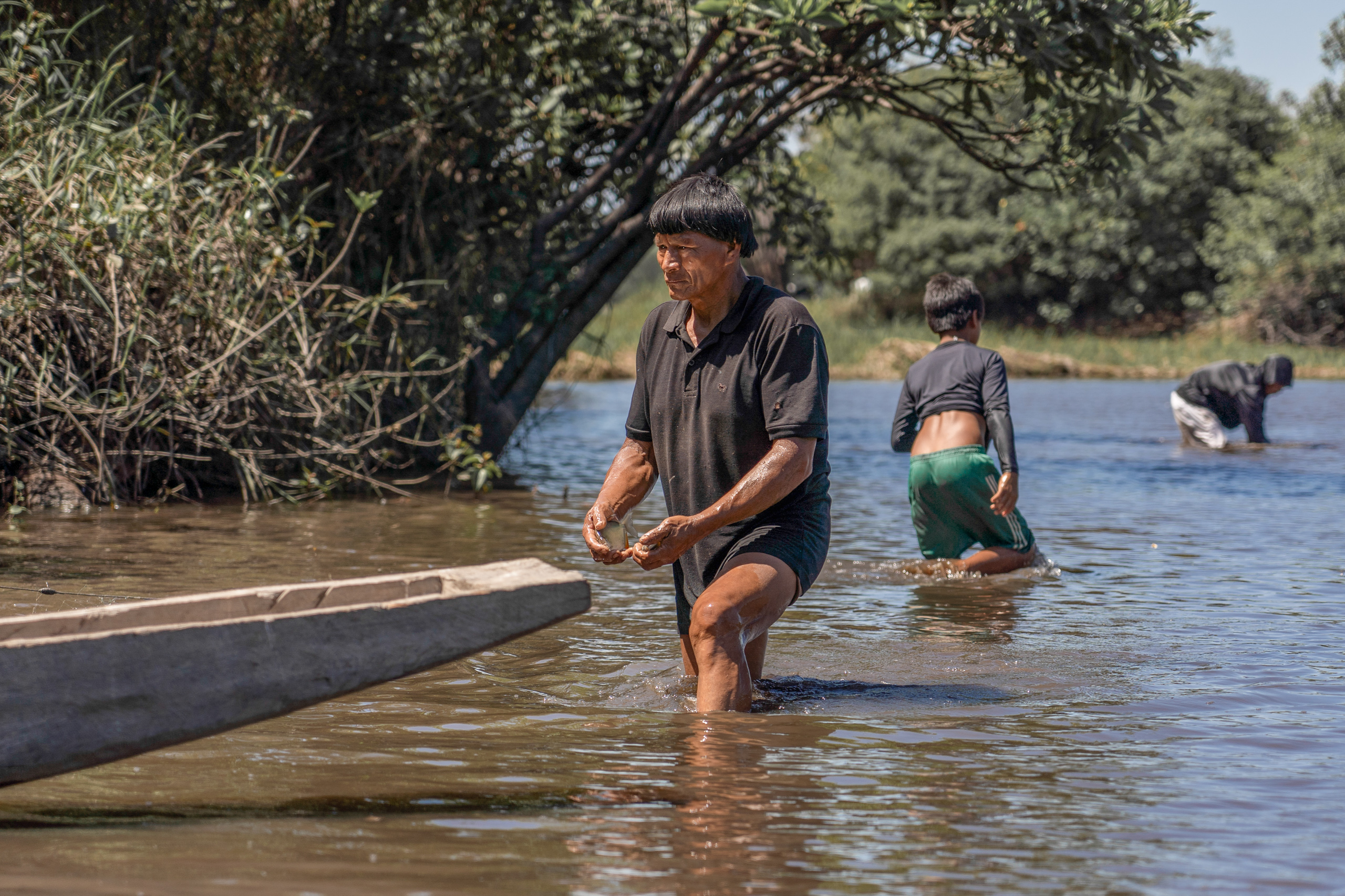
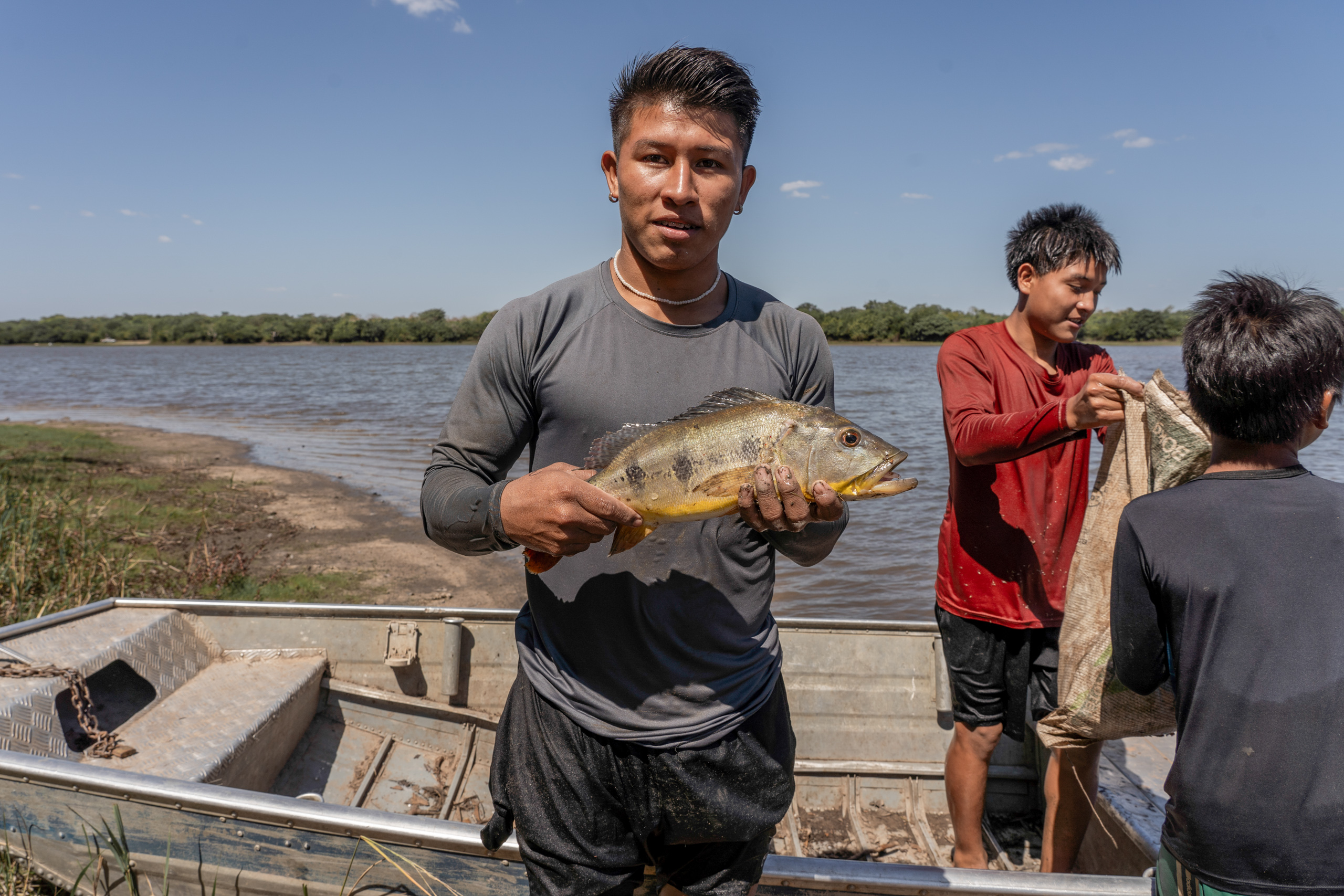
In addition to Belo Monte’s impact on the basin’s biodiversity, agro-industry has advanced into its native forests to the point of practically cutting off the Xingu Indigenous reserve. Its springs, found in its southern portion, are not protected by reserves, suffering from the intense advance of the agricultural frontier: Pará and Mato Grosso accumulate the highest rates of deforestation in the Amazon, according to federal government monitoring.
For decades, the effects of hydroelectric dams, agro-industry and urbanisation have therefore left the Xingu Basin vulnerable. The Waurá’s concern is that with each passing year, when the rainy season returns, the waters around the village do not recover to their previous levels, becoming a little lower in each cycle.
An analysis of satellite images from three sources suggests that intensifying drought has hit the area over time. The Global Surface Water platform shows that some waters, once permanent, have become seasonal over the last three decades. The trend of declining waters over decades in the area is also visible on the MapBiomas monitoring platform.
“If an area is no longer permanently covered by water, it could be drying out,” explained Ayan Fleischmann, who researches the hydrology of the Amazon region and analysed the images at Dialogue Earth’s request.
Meanwhile, the Water Masks for Amazon Basin platform shows that this year’s drought has surpassed records set last year, when a historic drought hit the biome. The drought gained strength in October compared to August this year, making the sandy banks around the watercourses more evident when viewed from satellites.
“The Xingu region has been experiencing a constant decrease in water availability, and this is in a regional context of the impact of climate change in the south of the Amazon,” added Fleischmann, leader of the Research Group on Geosciences and Environmental Dynamics in the Amazon at the Mamirauá Sustainable Development Institute.
Satellite images are in line with residents’ own accounts. In August, the water in a stream that connects the Piyulaga lagoon to the Batovi River, a tributary of the larger Xingu, was no more than an adult’s knee deep. In October, the stream dried up completely.
“In past droughts, there was little water. This year, it’s all dried up, there’s no more river near the village,” said Yatakulo Waurá, from the local Tulukai Indigenous Association. He adds that a little water is only found in the stream once more three kilometres away from the community – a kilometre further than during previous droughts.
Yatakulo is one of the few in the village who knows the traditional name of that watercourse: “It’s Yalatukenenepu, which means ‘crab’.” For most people here, its role is so essential, that it’s simply known as “the river”.
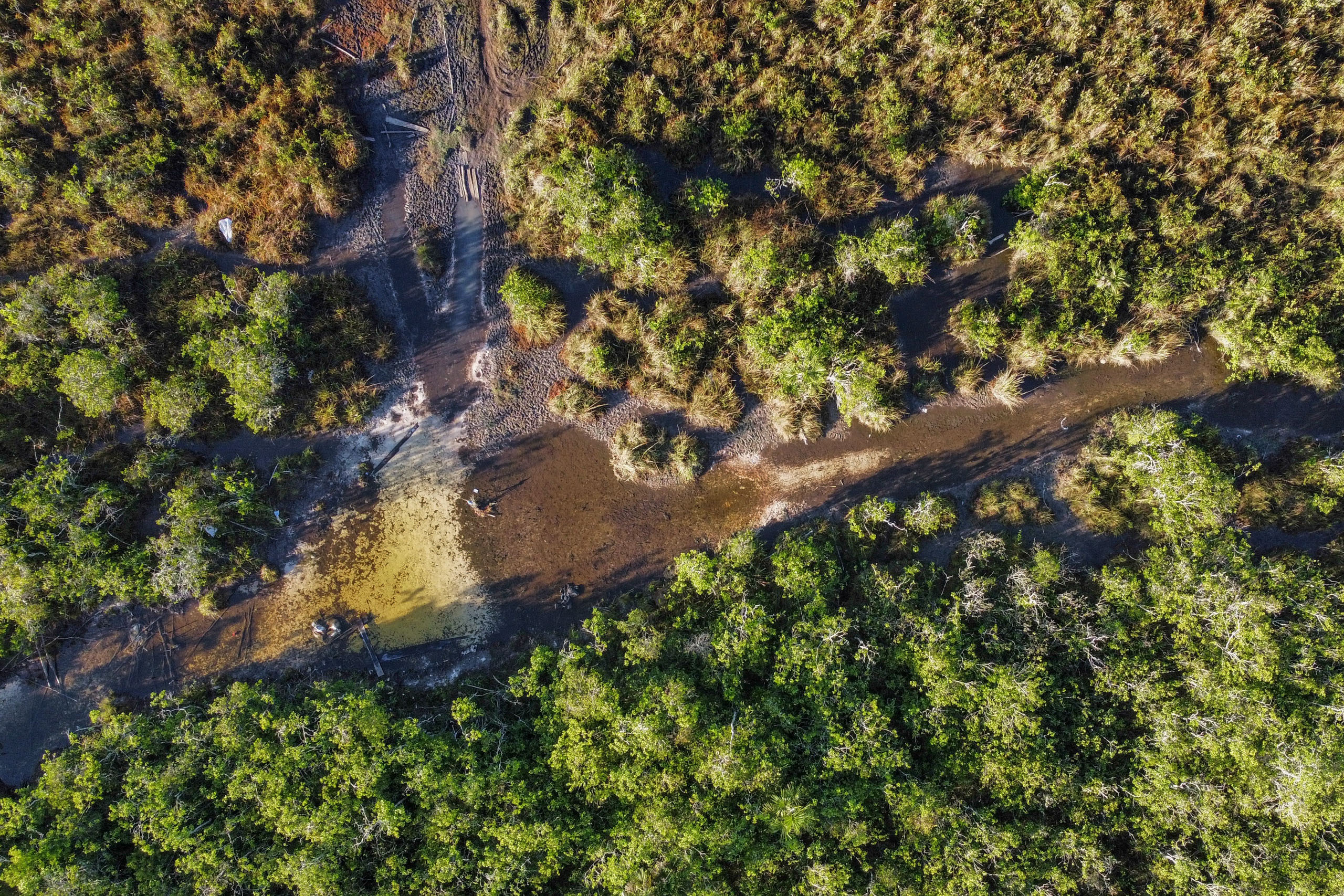
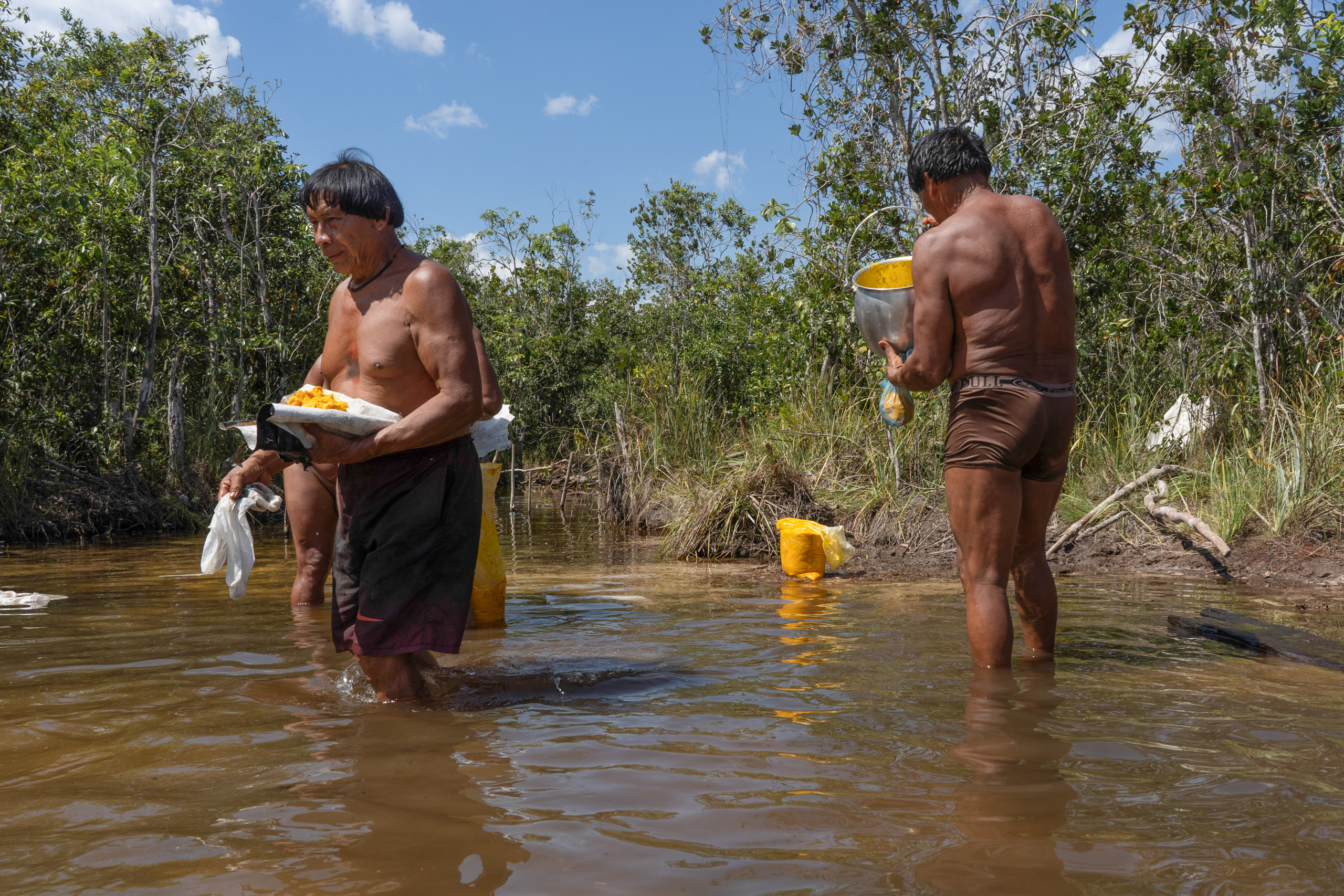
As the dawn breaks, the dirt track down to the river starts to get busy and stays that way until nightfall. This is where the Waurá people bathe and socialise. It’s also where they leave the pequi fruit submerged until it becomes a porridge-like texture due to the force of the current, and is then served in rituals.
For the Waurá, water is more than a necessity; it is central to their cosmology. They say they used to bathe in the lake “to stay strong and not grow old”. Rivers and lakes harbour spirits, like the Munä. One myth says that the canoe snake Kamalu Hai taught them the art of pottery by leaving clay on the banks of the Batovi River. Today, the Waurá still collect clay from the riverbed.
For consumption, they rely on an artesian well, as do most of the Indigenous people around the Xingu River. Although its name means “clean water, good water,” the Xingu has suffered from the degradation of its quality over the years.
A tower stands out in a corner of the village, storing and pumping water to the taps nearby or inside the huts. But its distribution is unstable: there are shortages, so the villagers have got used to storing water in jars. At other times, the tower overflows and becomes an artificial rain that attracts the playing children.
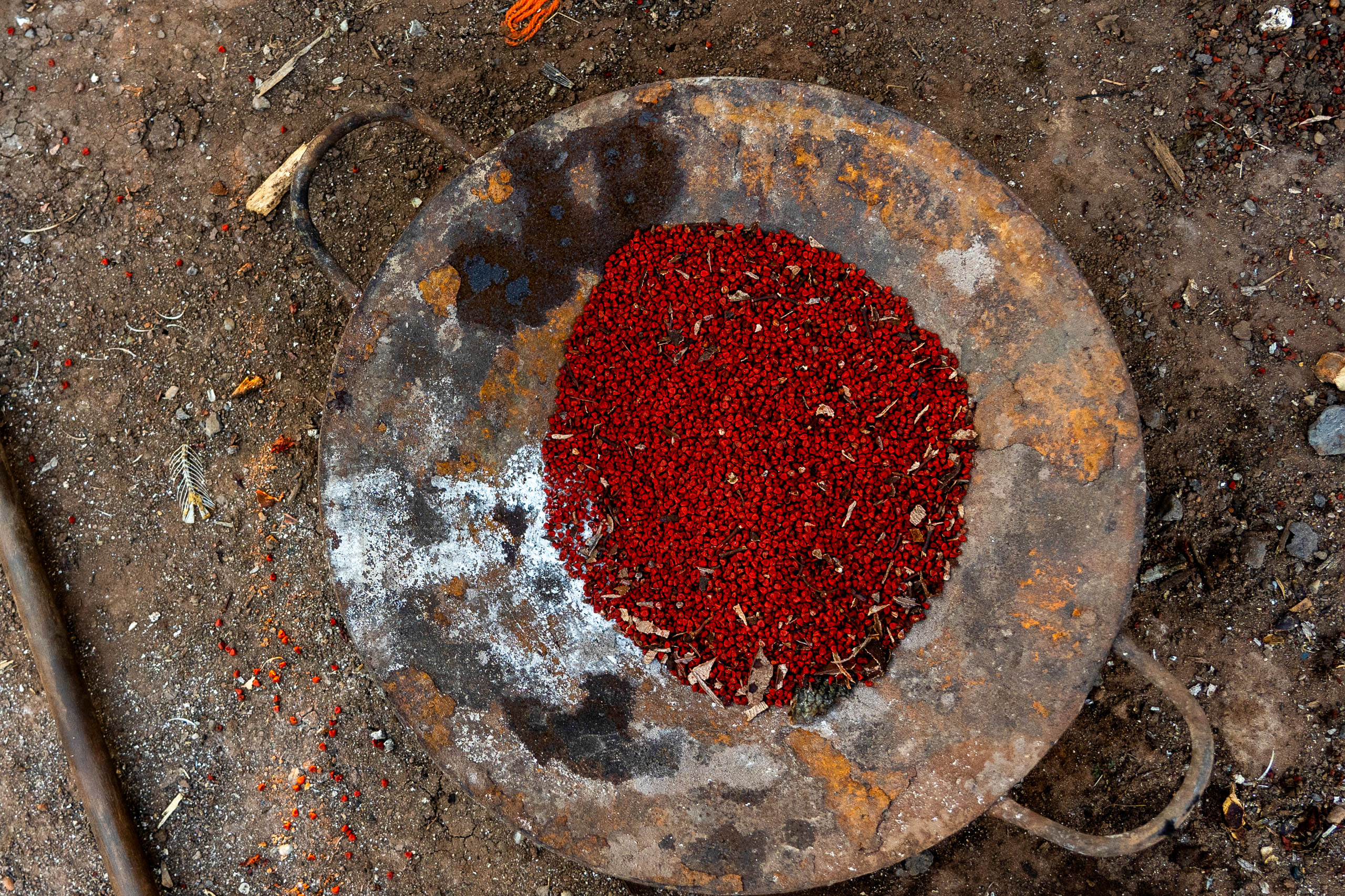

At the back of Yatakulo’s oca, his family peels, grinds and dries manioc flour, as well as storing seeds such as annatto and favela. He is one of the collectors of the Xingu Seed Network, which since 2007 has been dedicated to restoring deforested areas, mainly with the aim of recovering springs and restoring the flow of water.
The network has around 700 collectors, including Indigenous people and small farmers, 45 of whom are from the Piyulaga village. The recovery process involves finding the best seeds and using muvuca, a mixture of seeds for manual or mechanised planting. So far, more than 350 tonnes of seeds have been collected, restoring more than 8,800 hectares.
It’s a modest effort compared to the expectation of restoring more than 200,000 hectares around the region’s springs, but it represents a crucial step towards securing water – this vital link between the Waurá’s spirituality, culture and survival.
